Most of the expenses of using any type of building for any user are made up of the electricity, gas and heating costs. For some time now, there has been much talk about the price increases for these utilities – especially for electricity. The fact is that for some users this has risen by more than 50 pct. This has resulted in businesses looking for ways to buy energy at a lower unit rate. Obviously, this is a good response, but it is not the most effective. Looking at the market, the savings that can be made this way are between a few percent to over 10 pct – with the potential to grow over the next few years.
But the “side-exit from energy cost increases” I actually want to talk about is to embrace energy efficiency. That means reducing energy consumption regardless of its unit price. From my experience as a cooling and heating engineer, I have noticed that most new development projects across the various segments have significant potential to reduce their ene

































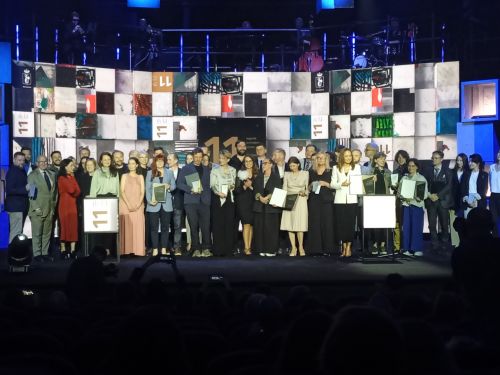
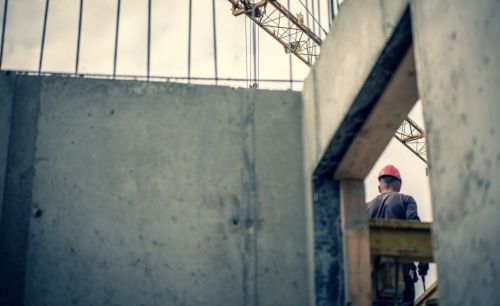



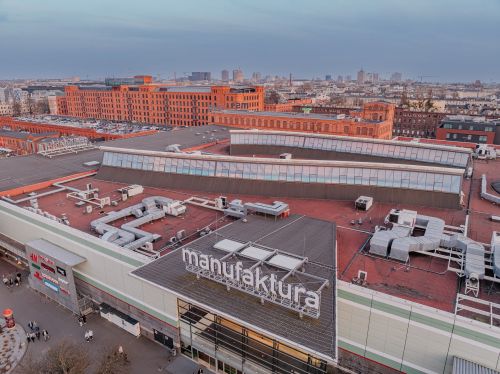


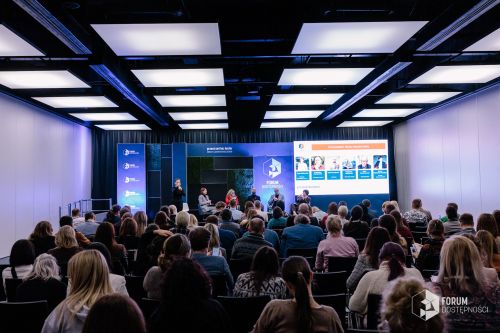






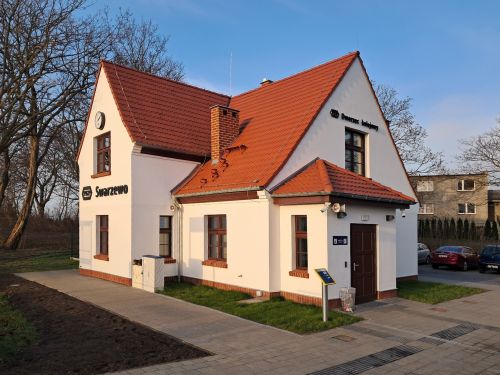
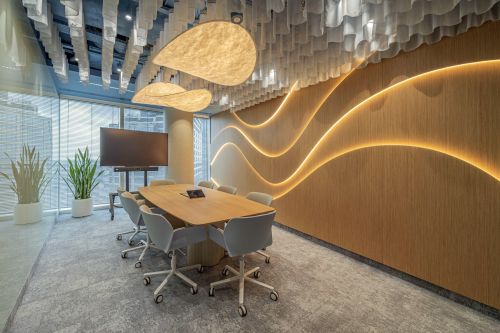



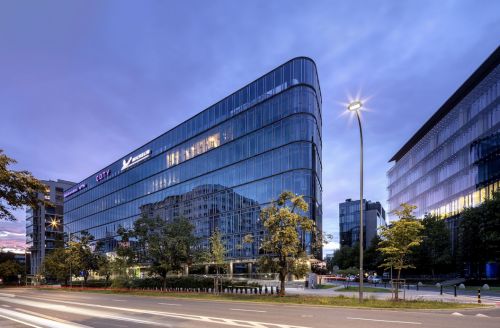


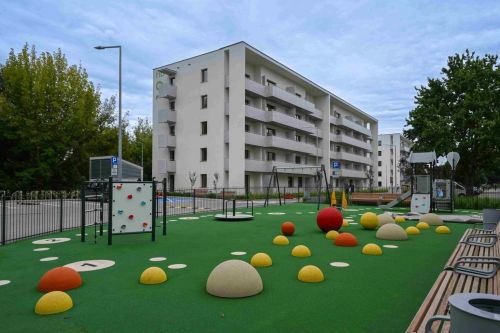
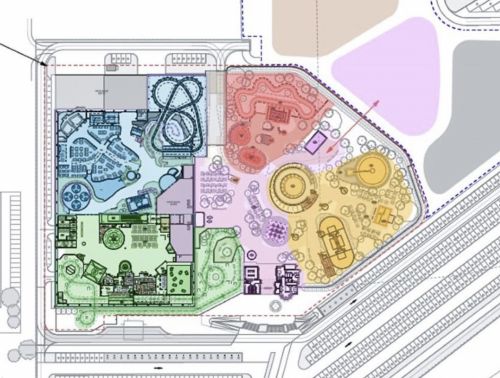

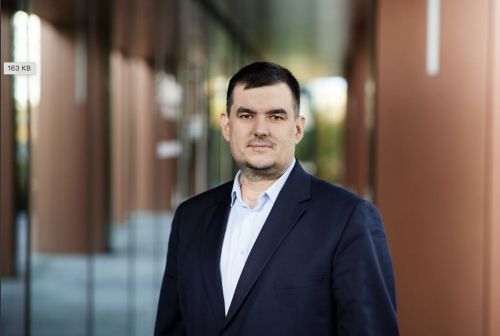


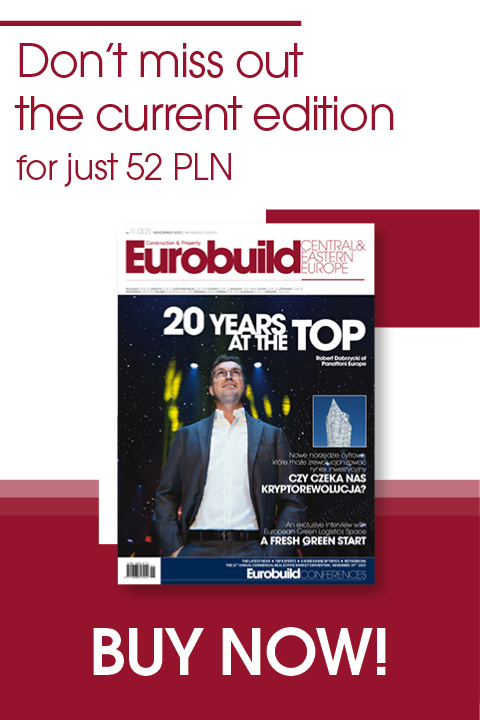
Modular construction becomes more prominent
Modular construction becomes more prominent
After a temporary slowdown, the modular construction market in Poland continues to expand in 2025. Although the sector faces challenges such as high material costs and investment f ...
Spectis
EXPO REAL 2025: From survival mode to selective recovery
EXPO REAL 2025: From survival mode to selective recovery
This year’s EXPO REAL in Munich marked a noticeable shift in tone across industry conversations. Following a period of uncertainty and postponed investment decisions, the com ...
Axi Immo
Are lease agreements in retail parks still triple-net?
Are lease agreements in retail parks still triple-net?
The lease agreements concluded for retail parks increasingly feature solutions that differ from the classic Triple Net Lease agreements, particularly as regards the settlement of o ...
CMS